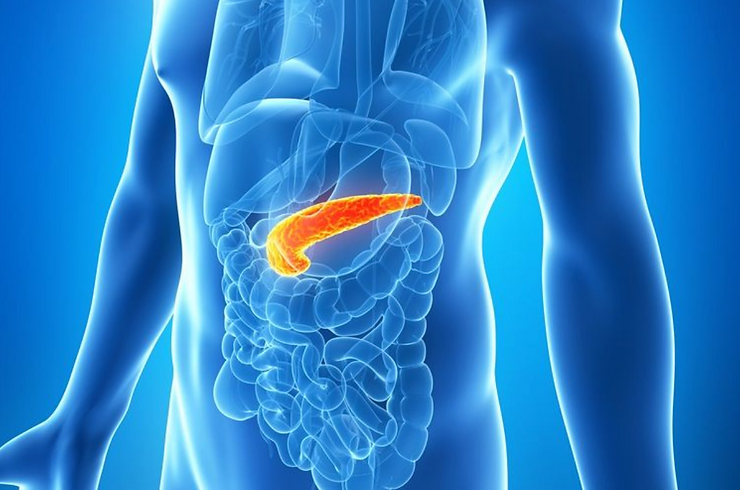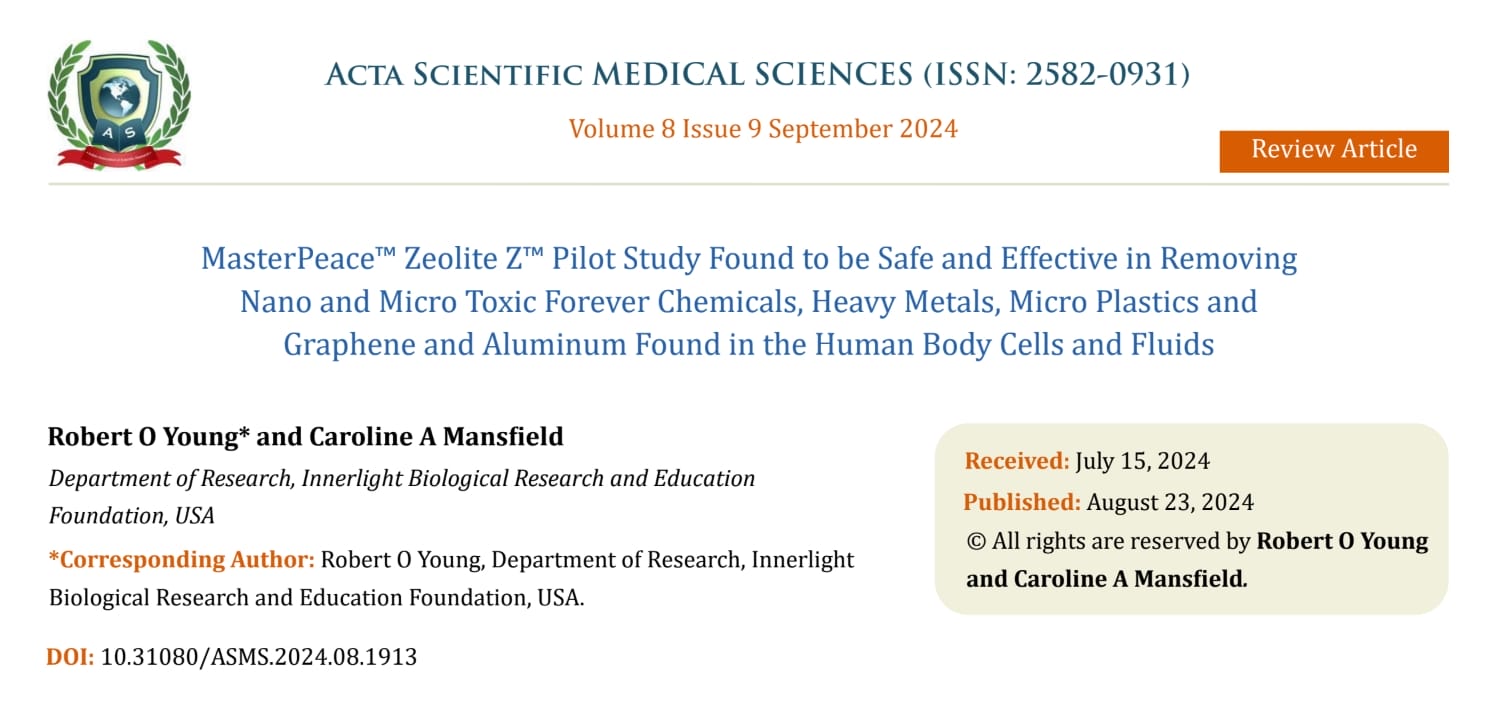Where Is The Genesis of Pancreatic Cancer? What is the Cause & Is There a Cure?
Updated: Jan 20, 2020

The Universal Origin of Acute Interstitium Inflammatory Pancreatic Disease [AIIPD], Pancreatic Cancer[PC] or Pancreatic Ductal Cell Adenocarcinoma[PDCA]

Pancreatic cancer [PC] or Pancreatic Ductal Cell Adenocarcinoma (PDAC) is the fourth most common cause of cancer-related death in the United States, exhibiting the lowest five-year survival rate among all cancerous conditions. More than half of pancreatic cancer patients are diagnosed at a late stage, for which the five-year survival rate is 3%.[1] This poor outcome is mainly due to the asymptomatic early stages of pancreatic cancer and the consequent late diagnosis when the cancerous condition and/or tumor is untreatable [2, 3].
In order to increase the overall survival rate of patients with pancreatic cancer, as well as to decrease the cancer acidic burden of the interstitial fluids, it is necessary to perform early non-invasive, non-surgical, non-radioactive L.I.F.E. testing [Living Interstitium Fluid Environmental Testing], for accurately measuring the chemistry, including the pH of the interstitial fluids of the Interstitium of the pancreas and ALL other organs, glands and tissues. The L.I.F.E. testing will provide a non-invasive tool for prevention and early detection for AIID, PC, and PDAC and all other organs, glands or tissues at risk and for monitoring the efficacy of the any cancerous therapy. [4]
PDAC is inherently linked to the unique physiology and microenvironment of the exocrine pancreas where dynamic changes in the interstitial fluids of the Interstitium [extracellular fluids] and intracellular pH (pHe/pHi) arise.

Specifically, the exocrine pancreas secretes substantial amounts of sodium bicarbonate [NaHCO3-] into the pancreatic ductal lumen [figure 1] to buffer metabolic and dietary acids, including hormonal acids; when stimulated by post-prandial acidic waste (glucose, lactic acid, uric acid, nitric acid, etc.), luminal [NaHCO3-] reaches 150 mM. Secretion of base or alkalinity across the apical membrane is coupled to the extrusion of an equal amount of metabolic and/or dietary acids across the basolateral membrane, thereby acidifying the pancreatic interstitial fluids of the pancreatic Interstitium. Even though this may appear as a localized acidic condition it is not. Decompensated acidosis of the interstitial fluids of the Pancreatic Interstitium is a systemic condition and therefore will effect the health and well-being of every organ, every gland and every tissue of the human body.
Thus, pancreatic epithelium and stromal cells are exposed to a milieu of spatially and temporally declining acidic pH fluids, with episodes of substantial acidity of the interstitial fluids of the Interstitium that surround every epithelial cell and every cell of the human body traveling through every organ, gland and tissue. In other words, cancer is a systemic acidic condition of the interstitial fluids of the Interstitium and not a localized metastatic acidic condition. This is why L.I.F.E. Testing is so critically important in the prevention and treatment of ANY diseased condition.[4]
Epithelial cells of the pancreatic ducts are therefore challenged to maintain an alkaline pH constancy despite the vast base or sodium bicarbonate fluxes as the body desperately attempts to restore and alkaline pH or the alkaline design of the interstitial fluids of the Interstitium compartments at a pH of 7.365.

An acidic microenvironment [the interstitial fluids of the Interstitium] drives all cancerous progressions by saturating pancreatic cells with excess toxic acidic waste creating a higher risk for other organs, glands and tissues to become effected eventually leading to a so-called metastatic cancerous condition, even though the acidic condition of the Interstitium is systemic and negatively effecting every cell in the human body.[4]
Decompensated acidosis of the interstitial fluids of the Interstitium [Ideal pH of the interstitial fluids is 7.365 dropping to 7.2 in a cancerous condition] triggers cellular mutations and breakdown and the disease progression to an acute or chronic inflammatory condition and finally to a cancerous acidic condition.[5]
Current research efforts to improve AIIPD, PC and PDAC treatment and diagnosis do not take into account the unique pancreatic alkaline pH landscape of the Interstitium, despite the fact that acidosis of the interstitial fluids of the Interstitium is the universal origin of all inflammatory and cancerous conditions, including AIIPD, PC and PDAC. [Figure 1][5]

The prevention of Acute or Chronic Interstitium Inflammatory Pancreatic Disease, AIIPD, PC and PDAC or the reversal of AIIPD, PD, PDAC can be achieved by the following the steps below:
1) Open and clear the channels of elimination [urination, defecation, perspiration and respiration] in order to eliminate toxic acidic waste from the interstitial fluids of the Interstitum throughout the body.[6]
2) Hyper-perfuse sodium bicarbonate and potassium bicarbonate into the blood which will push the excess alkalinity into the interstitial fluids of the Interstitium.[7]
3) Reduce ALL acidic contributing factors of toxic metabolic, dietary, respiratory and environmental waste [lifestyle, including diet] that are being pushed out into the compartments of the Interstitium that hold acidic waste.[6]
4) Restore alkalinity of the interstitial fluids of the Interstitium with an alkaline lifestyle, including diet, alkaline infusions of sodium and potassium bicarbonate and specific alkaline supplemental support products which can be taken orally, rectally, through the pores of the skin and through respiration. [www.drrobertyoung.com][6][7]
For additional detailed information on the cause and effect relationships leading to any inflammatory and/or cancerous condition read, The pH Miracle for Cancer, Alkalizing Nutritional Therapy in the Prevention and Treatment of Any Cancerous Condition, Metabolic and Dietary Acids are the Fuel that Lights the Fuse that Ignites Inflammation that Leads to Cancer!, Using Sodium and Potassium Bicarbonates in the Prevention and Treatment of all Sickness and Disease and The pH Miracle revised and updated.

References
[1] Siegel, R.L., K.D. Miller, and A. Jemal, Cancer statistics, 2018. CA: A Cancer Journal for Clinicians,
2018. 68(1): p. 7-30.
[2] Giovannetti, E., et al., Liquid Biopsy in Esophageal, Gastric, and Pancreatic Cancers, in Liquid Biopsy in Cancer Patients. 2017, Springer. p. 137-150.
[3] Zhou, B., et al., Early detection of pancreatic cancer: Where are we now and where are we going? International journal of cancer, 2017. 141(2): p. 231-241.
[4] Young,R, Migalko, G., Alkalizing Nutritional Therapy in the Prevention and Reversal of any Cancerous Condition: https://medcraveonline.com/IJCAM/IJCAM-02-00046, 2015. For information on L;I.F.E. testing email: universalmedicalimaging@yahoo.com or call 818-987-6886 for a consultation or to make an appointment.
[5] Young, R.O., Metabolic and Dietary Acids are the Fuel that Lights the Fuse that Ignites Inflammation that Leads to Cancer!: https://medcraveonline.com/IJCAM/IJCAM-03-00094, 2016.
[6] Young R.O., Young S.R., LMT (2010) The pH Miracle revised and updated. Hachett Publishing, Boston, USA., 2010.
[7] Young, R.O. , Using Sodium and Potassium Bicarbonates in the Prevention and Treatment of all Sickness and Disease: https://medcraveonline.com/IJCAM/IJCAM-09-00318, 2017.



